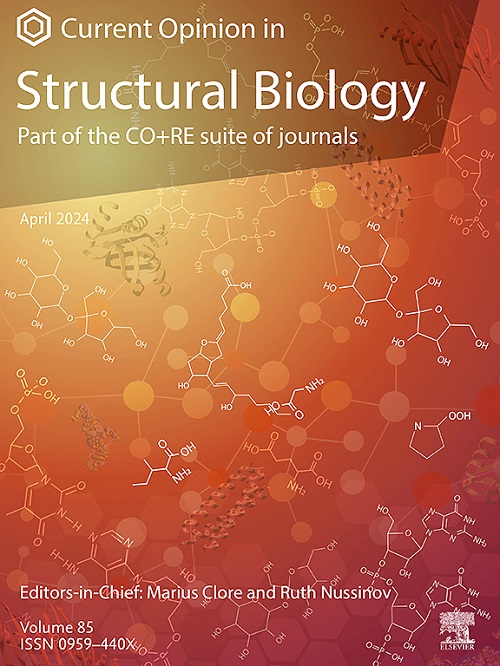综述:用于抗体发现的膜蛋白纳米片
IF 6.1
2区 生物学
Q1 BIOCHEMISTRY & MOLECULAR BIOLOGY
引用次数: 0
摘要
膜蛋白在细胞信号传导、运输和免疫应答中起着关键作用。这些蛋白的失调通常是多种疾病状态的基础,使它们成为药物开发的有吸引力的靶点,包括治疗性抗体。传统上,膜蛋白的提取和稳定涉及洗涤剂,这可能会破坏蛋白质的天然构象,从而阻碍抗体的发现。利用膜支架蛋白(MSPs)、共聚物、皂苷或肽形成的膜蛋白纳米盘,向无洗涤剂配方的转变,为膜蛋白研究和抗体发现开辟了新的途径。它们允许膜蛋白在更像天然的环境中稳定,保持结构完整性和功能。本文综述了各种膜蛋白纳米片及其在抗体发现中的应用,以及目前的进展和挑战。本文章由计算机程序翻译,如有差异,请以英文原文为准。
Review: Membrane protein nanodiscs for antibody discovery
Membrane proteins play pivotal roles in cellular signaling, transport, and immune responses. Dysregulation of these proteins frequently underlies diverse disease states, making them appealing targets for drug development, including therapeutic antibodies. Traditionally, the extraction and stabilization of membrane proteins involve detergents, which may compromise the protein's native conformation, thus impeding antibody discovery. The shift toward detergent-free formulations using membrane protein nanodiscs formed by membrane scaffold proteins (MSPs), copolymers, saposins, or peptides has opened new avenues in membrane protein research and antibody discovery. They allow for the stabilization of membrane proteins in a more native-like environment, preserving structural integrity and function. This review discusses various membrane protein nanodiscs, and their applications in antibody discovery, alongside current advancements and challenges.
求助全文
通过发布文献求助,成功后即可免费获取论文全文。
去求助
来源期刊

Current opinion in structural biology
生物-生化与分子生物学
CiteScore
12.20
自引率
2.90%
发文量
179
审稿时长
6-12 weeks
期刊介绍:
Current Opinion in Structural Biology (COSB) aims to stimulate scientifically grounded, interdisciplinary, multi-scale debate and exchange of ideas. It contains polished, concise and timely reviews and opinions, with particular emphasis on those articles published in the past two years. In addition to describing recent trends, the authors are encouraged to give their subjective opinion of the topics discussed.
In COSB, we help the reader by providing in a systematic manner:
1. The views of experts on current advances in their field in a clear and readable form.
2. Evaluations of the most interesting papers, annotated by experts, from the great wealth of original publications.
[...]
The subject of Structural Biology is divided into twelve themed sections, each of which is reviewed once a year. Each issue contains two sections, and the amount of space devoted to each section is related to its importance.
-Folding and Binding-
Nucleic acids and their protein complexes-
Macromolecular Machines-
Theory and Simulation-
Sequences and Topology-
New constructs and expression of proteins-
Membranes-
Engineering and Design-
Carbohydrate-protein interactions and glycosylation-
Biophysical and molecular biological methods-
Multi-protein assemblies in signalling-
Catalysis and Regulation
 求助内容:
求助内容: 应助结果提醒方式:
应助结果提醒方式:


